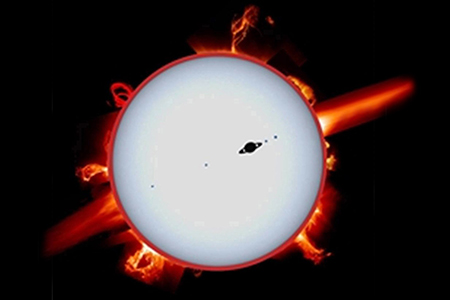URL: https://physikseminar.desy.de/zeuthen/past_colloquia/colloquia_in_2018/october_17_2018/@@siteview
Breadcrumb Navigation
Intensity Interferometry: From astronomy to particle physics, and back
Dainis Dravins | Lund Observatory, Sweden
Seminar room 3, 14:00
Much of the progress in astronomy is driven by improved imaging. In the optical, one tantalizing threshold will be the imaging of stellar surfaces. Bright stars subtend only a few milliarcseconds in the sky and for resolving them, the laws of diffraction dictate kilometer-scale optical facilities. This is very challenging to realize on the ground due to atmospheric turbulence, while space facilities would be very complex. Intensity interferometry circumvents atmospheric turbulence by electronically correlating intensity fluctuations between independent telescopes. This method was pioneered for astronomy long ago by Hanbury Brown and Twiss but has lately been used mainly in high-energy particle physics, often called “HBT-interferometry”. The availability of numerous Cherenkov telescopes spread over large distances (e.g., CTA -the Cherenkov Telescope Array) will enable optical intensity interferometry and imaging with angular resolutions that resolve stellar surfaces, to image rotationally flattened stars with circumstellar disks and winds, monitor some nova eruption, or possibly even visualize an exoplanet during its transit across some nearby star.

Copyright © 2018 SPIE



